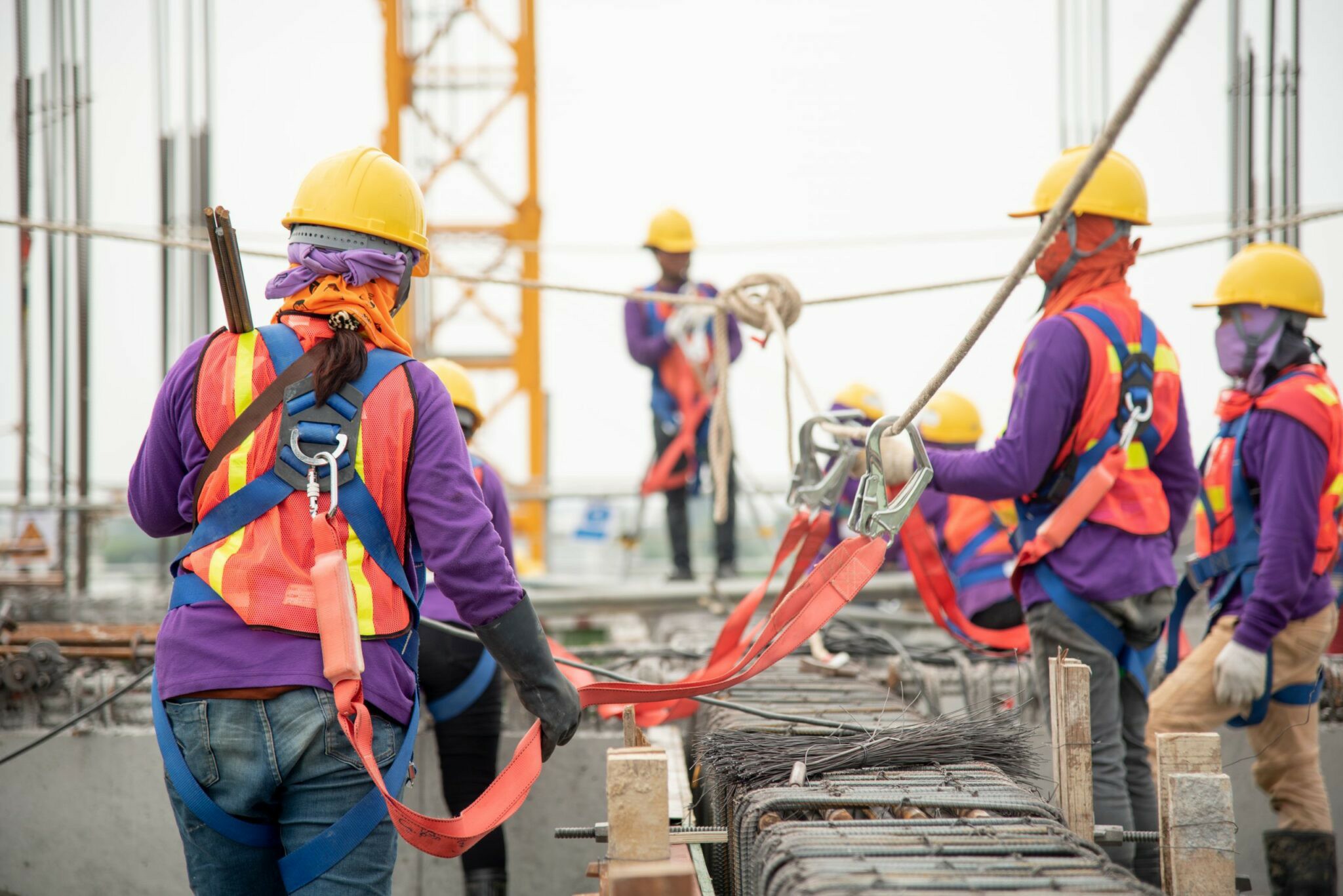The Essential Compliance Checklist for Businesses Allowing Work at Heights
In today's fast-paced work environments, ensuring safety while employees are working at heights is crucial not only for their well-being but also for compliance with safety regulations. Failing to adhere to these regulations can lead to serious workplace accidents, legal repercussions, and financial losses. This blog outlines a comprehensive checklist for businesses to ensure safety before allowing any employee to work at heights.
Understanding the Importance of Compliance
Compliance with working at heights regulations is essential for creating a safe workplace. A structured approach helps in mitigating risks associated with falls and ensures that employers are not subject to penalties or legal actions arising from non-compliance. Here’s how to achieve full compliance:
Step-by-Step Compliance Checklist
1. Conduct Comprehensive Risk Assessments
- Identify potential hazards associated with working at heights.
- Evaluate the likelihood and consequences of these hazards.
- Implement control measures to mitigate identified risks.
- Document all findings and ensure visibility to relevant personnel.
2. Verify Equipment and PPE Condition
- Inspect all equipment used for elevated work, including ladders, scaffolds, and lifts.
- Ensure that Personal Protective Equipment (PPE) is appropriate, well-maintained, and available for all employees working at heights.
- Check that harnesses, safety nets, and helmets meet required safety standards and are regularly updated.
3. Ensure Proper Training and Certification
- All employees must undergo certified Working at Heights Training.
- Verify that each employee has completed a Working at Heights Course, demonstrating their understanding of safety protocols.
- Keep records of each employee’s Working at Heights Certification, ensuring they are up-to-date.
4. Mandatory Safety Documentations
- Maintain a comprehensive file of all risk assessments and safety audits related to working at heights.
- Document training records and certifications of each employee.
- Ensure that safety protocols and emergency procedures are documented and easily accessible.
5. Regular Safety Meetings
- Schedule regular safety meetings to reinforce safe working practices.
- Discuss ongoing safety concerns and document meeting records for future reference.
Best Practices for Maintaining Compliance
To ensure that compliance is not just a one-time effort but an ongoing commitment, consider the following best practices:
- Conduct monthly inspections and audits of all work at heights sites.
- Update risk assessments and training materials as regulations and techniques evolve.
- Foster an open-door policy for employees to discuss safety concerns.
Conclusion: Prioritize Safety and Compliance
Implementing a thorough checklist for compliance will help businesses protect their employees, reduce risks, and maintain a safe work environment when working at heights. To ensure your workforce is fully prepared, invest in Certified Working at Heights Training today!
For more information or to schedule a Working at Heights Course Online, contact us at [email protected].



 349,500 Offered Certificates
349,500 Offered Certificates
 24/7 Online Training
24/7 Online Training
 Money Back Guarantee
Money Back Guarantee
 Fully Accredited Courses
Fully Accredited Courses
